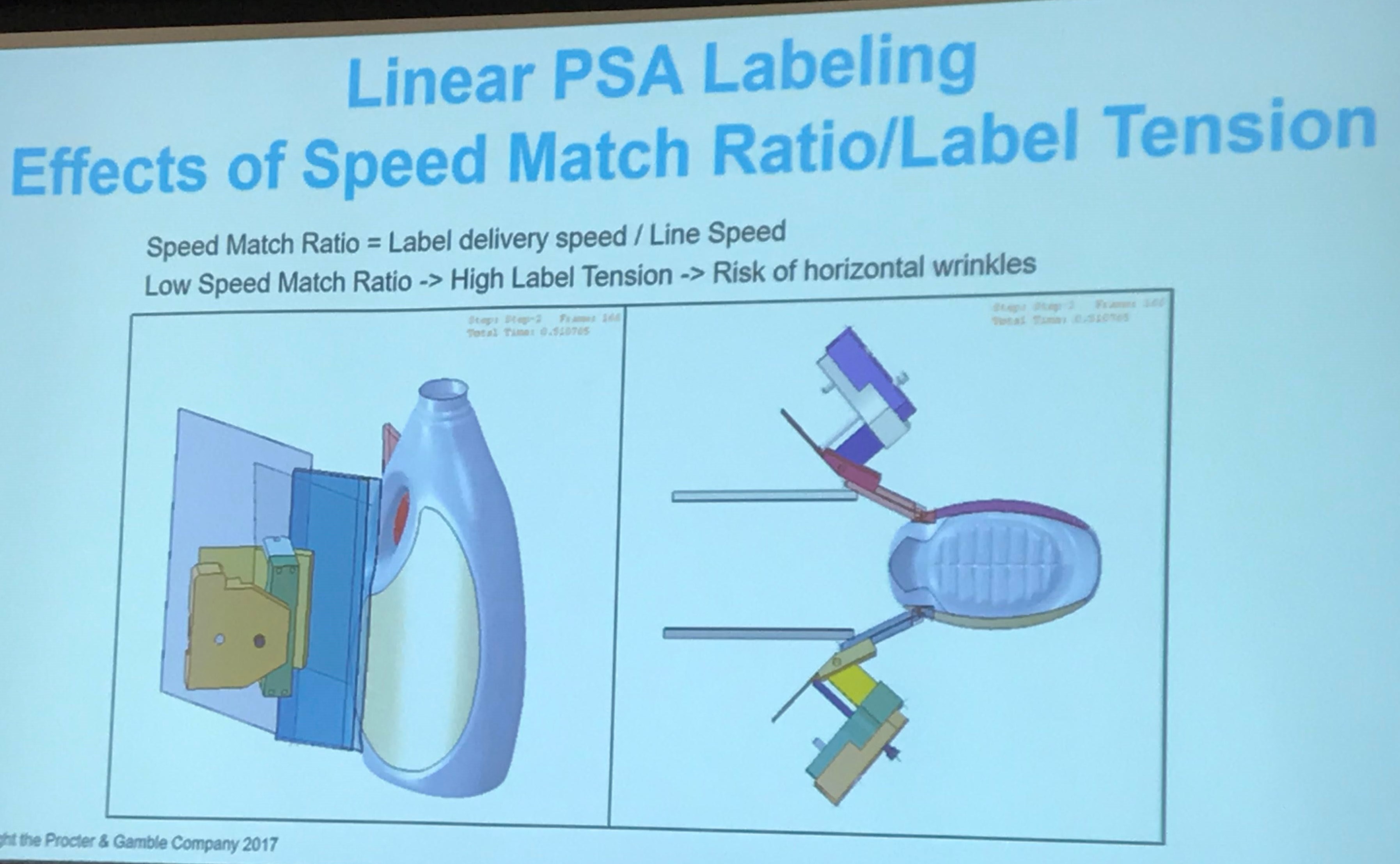
Procter & Gamble, the massive multinational conglomerate and the world’s largest seller of consumer goods, has long been an advocate of computer modeling and simulation running atop HPC clusters. The company spends more than $2 billion every year on research and development, including running its own clusters in-house, and has worked with other organizations on outside simulations. For example, P&G in 2011 signed an agreement with the Ohio Supercomputer Center to work on such projects.
It’s not difficult to see why. The company brings in more than $65 billion every year in revenue, serves more than 5 billion consumers, and supports a wide array of brands that touch on everything from baby, family and feminine care ($20.2 billion in net sales), fabric and home care ($22.3 billion), beauty ($18.1 billion) and health and grooming ($15.2 billion). The scientific and engineering demands to make all those products affordable, sustainable, effective, and safe are immense, and take large amounts of HPC capabilities to meet, according to Miguel Palacios, senior IT manager of P&G’s HPC service.
The challenges presented by the nature of the products are complex. Toilet paper needs to be strong but soft and diapers must stretch but not break. Laundry detergents must be concentrated but used easily, and they need to be able to wash clothes even though they’re used in different equipment with different water all around the world. Liquids need to be properly mixed and must stay mixed as they’re shipped and stocked, and toothpaste needs to come out of the tube but stay on the toothbrush.
Increasingly, modeling and simulation technologies are used at P&G to ensure all this can be done and at a faster pace and lower cost than can be done through manual physical projects. Packaging is an example.
“We’ve got skin care cases that we must understand, we have materials that must stay soluble and not separate,” Palacios said during a talk at SC18. “We’ve got assembled products. We make Braun electric shavers. We’ve got physical models for the construction and reliability of the handles of our shaving blades, and we have packaging. Packaging plays a critical part of going to market. We call it our first moment of truth. If you think about your first shopping interaction, you want the product to be at eye level, you want the product to communicate its benefits very quickly and you want to make the decision as fast as possible. So you’ve got milliseconds to portray that information to the consumer. Our first moment of truth is at the shelf.”
For a company that makes billions of diverse products every day, “machines and processes and automation and workflows all play a critical part in our manufacturing processes and converting process of taking raw materials and converting them into finished products. We need to understand how things mix, we need to understand the realities of one kind of mixing vessel with another one. These are all things that are being simulated and being used to make the appropriate decisions. We have converting machines. There’s no such thing as a diaper-making machine out there. We hire engineers to design, operate and maintain these machines. So the same business cases and same science cases that the engineers at Boeing and Honda all use for their airflow analysis process we have when we run bottles. When you run a product at a very high speed, you’ve got some computational fluid dynamics problems. It’s a different scale. We’re not making Pratt & Whitney engines, but we make bottles of Head & Shoulders going at 25 mph on conveyor belts and making tweaks to those models to allow us to make better decisions and to keep our reliability up. You’ve got to think about the scale of our products.”
Modeling and simulation efforts touch on more than a dozen areas at the company, from consumers and molecular chemistry to CFD, production systems and financial systems.
“I’d like to think that all of our products have had a birth in simulation,” he said. “When they eventually are created into a formulated product or a simple product, in many cases P&G has used simulation from the start. We use simulation as a way to learn. It recognizes that sometimes there is science that we have not done, so we have to create complementary technologies, and with simulation that enables that complementary full view of what our product development cycle should be. We have some theories, there may be some empirical data that we may have measured or bought or partnered with another person, and we’ve got to bring it all together to do that simulation.”
With that information in hand, the HPC group can make promises to executives about what the model and simulation projects can do when coupled with HPC systems when asking for funding and headcount. So far P&G has supported the efforts.
From HPC point of view, “we need to be prepared for more realism in simulated results,” Palacios said. “That means better chemistry, more detailed physics. It means that the formulas in our math is better, so we have more degrees of freedom. That means more cores, more memory, better performance and better throughput. We will continue to push for more accurate simulation as a way of replacing some physical testing but also to do some additional learning.”
He pointed to several examples where modeling and simulation are critical, including modeling the different materials used in skin-care products and skin types to make sure they work and won’t harm the skin when absorbed. Modeling and simulation also is done around cleaning fabrics used both in consumers’ homes as well as on the P&G productions floors to ensure the chemicals used are safe. The company also uses the technology to put stickers on difficult surfaces like rounded bottles while they move quickly in conveyor belts. Consumers won’t buy products if the stickers are wrinkled or have holes in them, Palacios said. Engineers have to consider everything from the material of the bottle to the adhesive on the label to make sure they are put on correctly and will stay in place during transportation and through varying temperatures and air pressure.
“The computer-designed models around different tension that is required, different number of variables can come into play, are an important piece. There’s a lot of science and engineering going on here.” Palacios said, noting potential problems that were address via modeling and simulation efforts. “We were going to work these sticker problems when in reality it was the bottle. Again, all this modeling saved millions of dollars by doing this in memory and software in a computer as opposed to doing physical stuff. If you make a mistake on the side of several billion bottles, that’s pretty costly.”
P&G has been a longtime Hewlett Packard Enterprise shop, but its newest cluster – which is being commissioned now – is an Atos BullSequana cluster powered by AMD’s Epyc server chips.
“It has other design objectives than other machines that we have bought,” he said. “As you can tell from the kinds of business cases that I have, I want throughput. I’m not necessarily looking for faster chips here, I’m trying to get more jobs through. That has bigger ramifications than only the CPU, so we are tuning this machine to those requirements.”
A subject that came up often at SC18 was the role of the cloud in HPC. Palacios said that while P&G has not yet turned to the cloud for its HPC efforts, company executives are interested in moving in that direction to some degree to save some capital expenses.







Be the first to comment